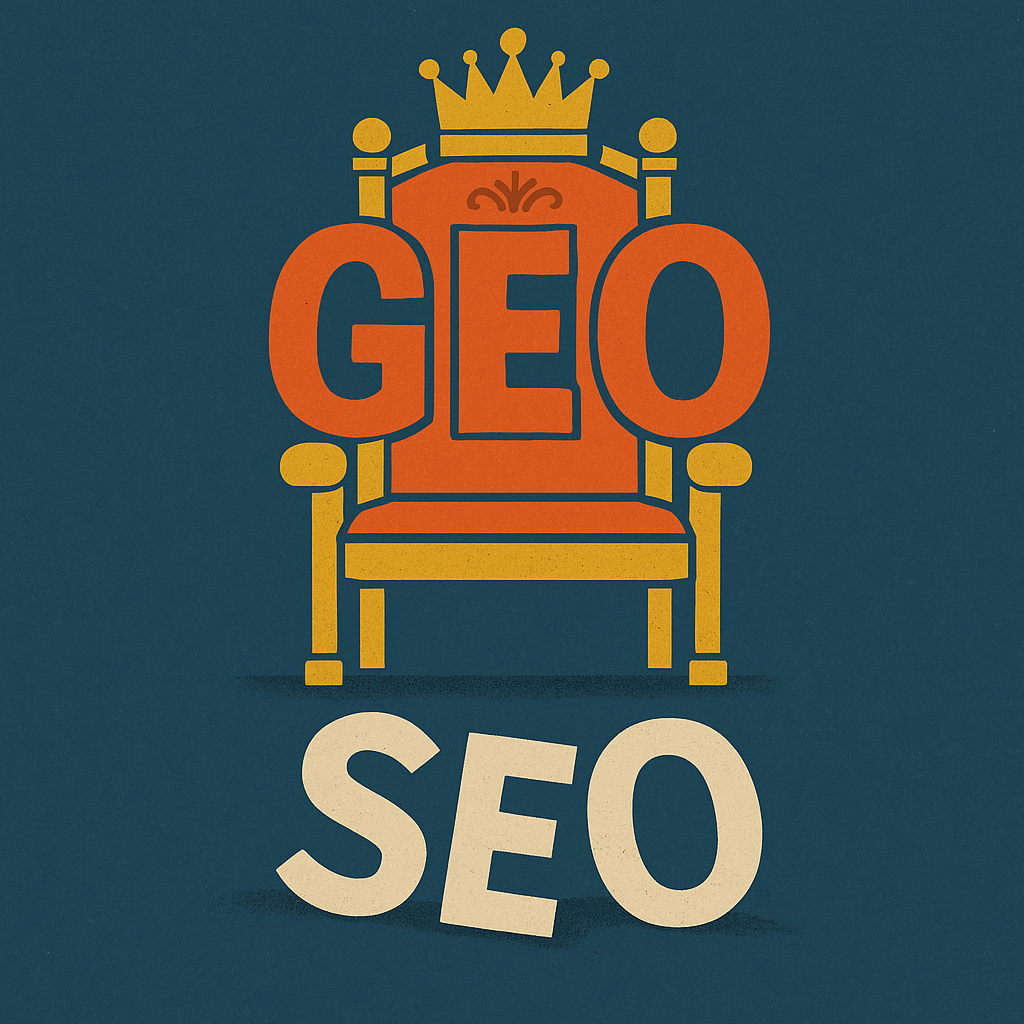What is Generative Engine Optimisation?
Generative Engine Optimisation (GEO) is the new frontier in digital search. It’s the process of optimizing your content not just for Google but for AI-powered tools like ChatGPT, Google SGE (Search Generative Experience), Microsoft Copilot, and others that generate direct answers to user questions.
Instead of traditional SEO, where you fight to appear as a clickable link on page one, GEO is about being the source that AI pulls from and mentions in its responses. In other words, your goal shifts from ranking high to being quoted or summarized directly in AI answers.
How Search is Changing Fast
The way people search is shifting rapidly. Increasingly, users aren’t going to Google to sift through ten blue links. They’re asking ChatGPT, Bing, or voice assistants direct questions:
- “What’s the best time to post on Instagram?”
- “Summarize the pros and cons of electric cars.”
- “Write a blog outline for content marketing.”
And instead of being directed to a blog post, users are receiving direct answers synthesized by AI. That’s where GEO comes in it ensures your content is what these AIs turn to for those answers.
Why You Need to Care About GEO Now
If your content isn’t being picked up by generative engines, you’re essentially invisible to a growing slice of online users. Here’s why GEO matters:
- AI search is gaining ground: Millions use ChatGPT and Bing’s AI daily.
- Google is evolving: With SGE, it now mixes AI answers with traditional results.
- Clicks are declining: Fewer users are clicking through to websites when AI already answers their questions.
For creators, businesses, and marketers, this is a wake-up call. If you’re not optimizing for how AI finds, understands, and shares information, you’re falling behind.
How to Make Your Content GEO-Ready
Here are some quick wins to align your content with generative engines:
- Write clear, factual, and structured content
AI prefers content that’s easy to summarize. Use short sentences, bullet points, and avoid jargon. - Use FAQs and answer-style formatting
These help AI models extract relevant information more easily. - Cite reputable sources
AI favors trustworthy data. Reference industry authorities, studies, or government sources. - Add schema markup
Structured data (like FAQ or Article schema) helps AI understand your content better. - Think like a user, not just an SEO
What questions would you ask AI? Answer those clearly in your content.
Conclusion: Generative Engine Optimisation Isn’t Optional Anymore
We’re not in a “Google-only” world anymore. AI engines are rapidly changing how information is discovered. If your content doesn’t show up in these AI answers, it might not show up at all.
Generative Engine Optimization is your chance to future-proof your visibility. It’s not about abandoning SEO but about evolving with it.
Are you ready for the AI-first search era?
FAQs
Generative Engine Optimization is the process of tailoring your content so that AI-powered tools like ChatGPT, Bing Copilot, and Google’s SGE can easily find, understand, and include it in their answers.
Traditional SEO focuses on ranking in Google’s search results. GEO focuses on being quoted or cited in AI-generated responses meaning your content needs to be structured for machines, not just for search engines.
More users are turning to AI assistants and chatbots for instant answers instead of clicking through search results. If your content isn’t AI-friendly, it might never reach these users.
If your content clearly answers questions, is easy to read, includes structured data, and cites trustworthy sources, you’re on the right track. Testing your content in AI tools like ChatGPT can also help.
Not entirely. SEO and GEO complement each other. SEO gets your content discovered; GEO gets it included in AI answers. You need both to stay competitive.
Absolutely. In fact, GEO can help smaller brands gain visibility in AI results without competing for high search rankings. It’s a powerful equalizer in digital marketing.



